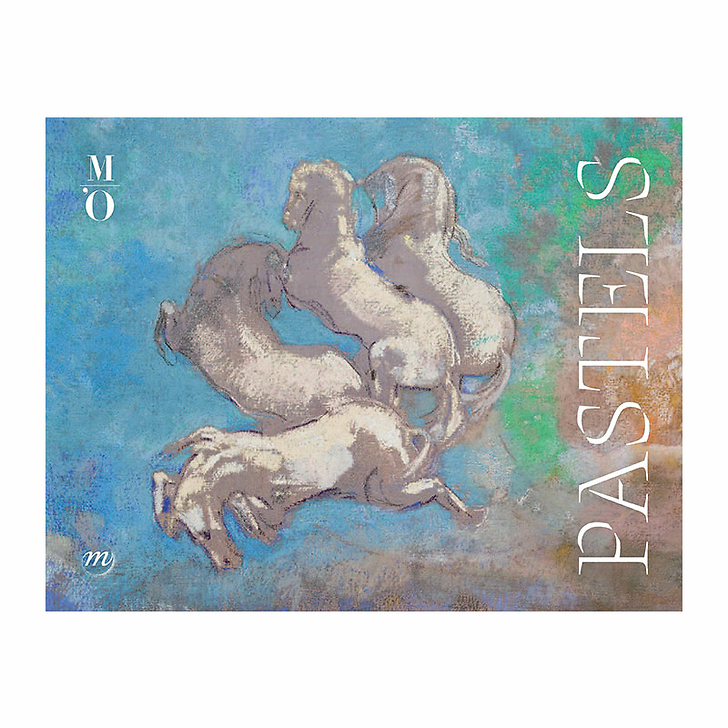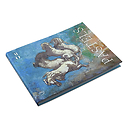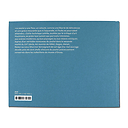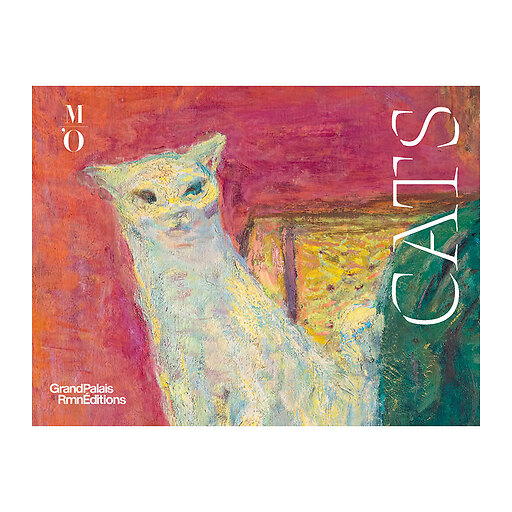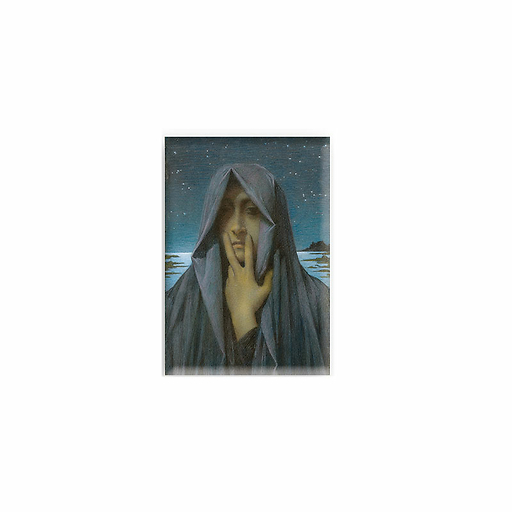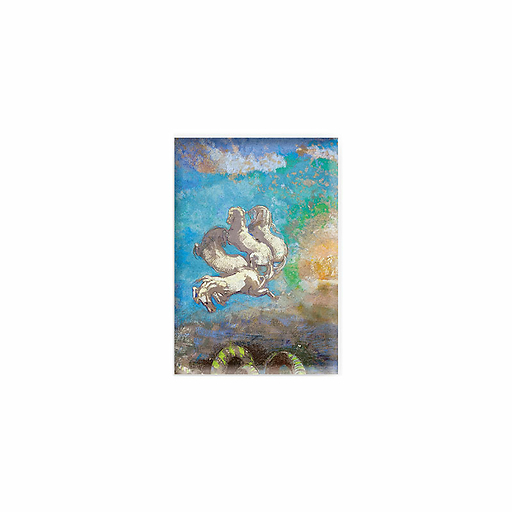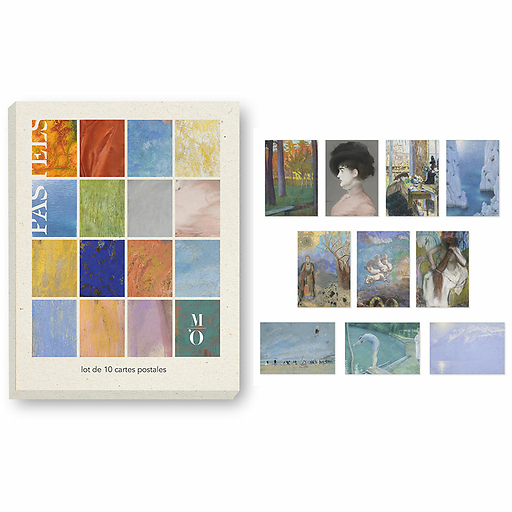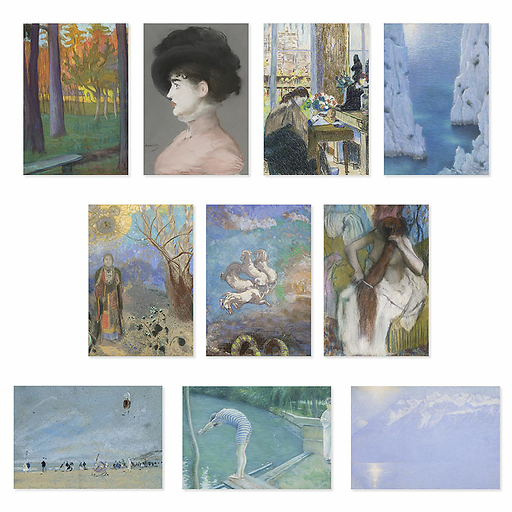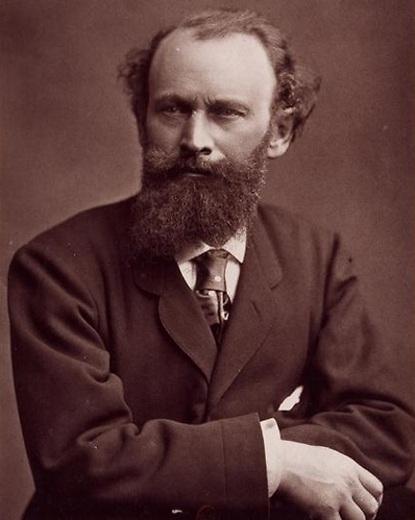The 17th century is traditionally considered to be the golden age of pastels. A medium without equal for rendering the effects of matter and the velvetiness of skin tone, pastels were often used only for portraits, to which they were particularly well suited.
The Musée d'Orsay collection contains around...
Read more
The 17th century is traditionally considered to be the golden age of pastels. A medium without equal for rendering the effects of matter and the velvetiness of skin tone, pastels were often used only for portraits, to which they were particularly well suited.
The Musée d'Orsay collection contains around 500 works.
This book highlights, through a hundred or so works, the singularity of pastel, which is neither truly a drawing nor a painting, and the immediate relationship with the material that is its own. Pastel is essentially made up of pure pigments, and creates a flower suspended on the grain of the paper or canvas, whose vibration makes it beautiful, but also very fragile. but also its great fragility. This book will be structured around eight major themes highlighting the revival of pastels from the second half of the 19th century onwards, revealing the works of Millet, Degas, Manet, Cassatt, Redon, Lévy-Dhurmer and many others.
Exhibition at the musée d'Orsay from March 14th 2023 to July 2nd 2023.
144 pages / 100 illustrations
Coedited by Réunion des musées nationaux - Grand Palais / Musée d'Orsay.
Close

